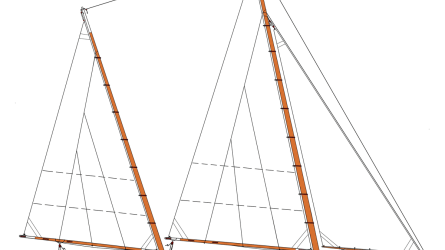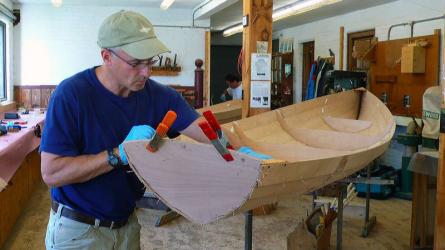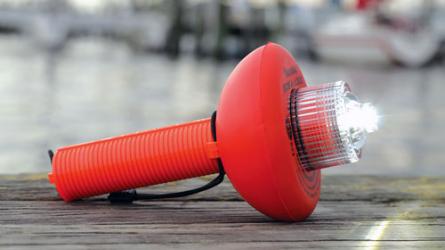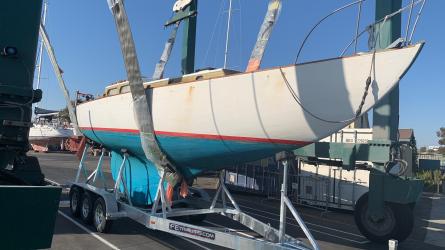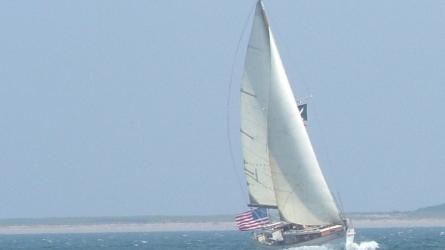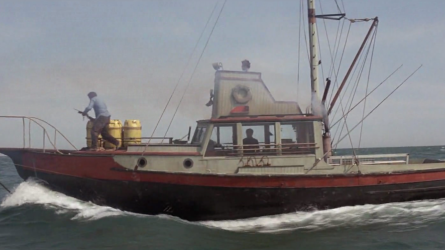March / April 2023
The Brief Era of Herreshoff Electric Launches
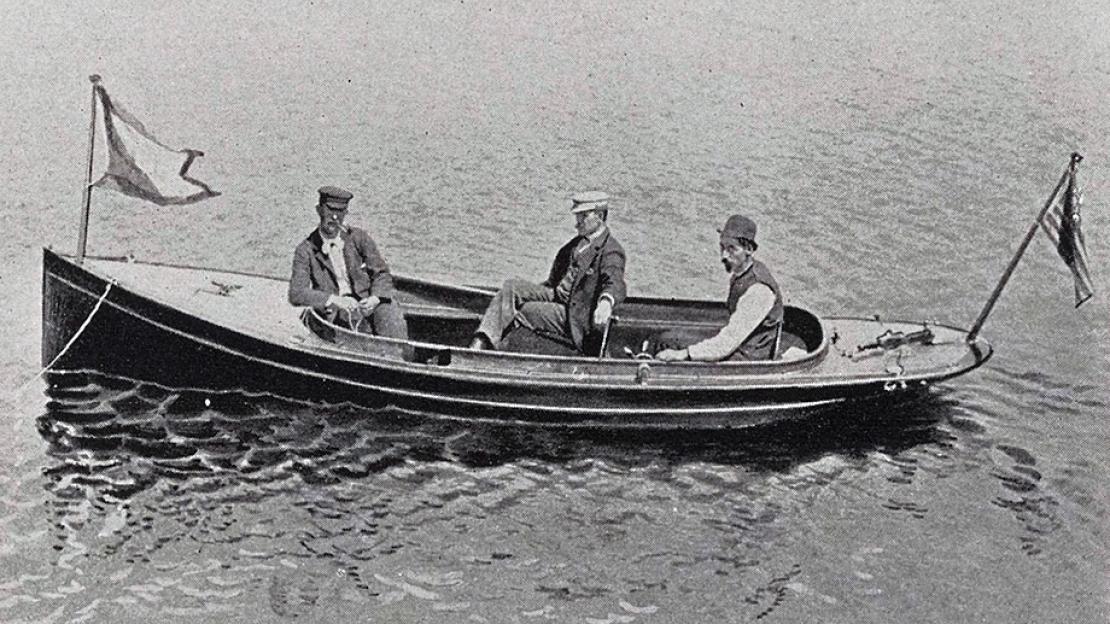
BOOK OF THE FAIR, VOLUME 1
The Electric Boat Co., or Elco, of Bayonne, New Jersey, built a fleet of electric launches used at the “White City,” the purpose-built grounds of the 1893 World’s Columbian Exposition in Chicago. The boats, impressing the crowds by running in silence and without smoke, proved ideally suited to the site’s central lagoon, large basin, ponds, and canals.
There was a moment in time, around the turn of the last century, when the world eagerly watched to see which emerging means of propulsion—electric motors or internal-combustion engines—would challenge the long dominance of steam power. From the early 1880s through the 1910s, the development of the “electric accumulator,” or rechargeable battery, made the widespread use of electric power a serious contender for vehicles, including boats. Although later overwhelmed by gasoline power and the imperative for speed, electric propulsion for the first time had become a viable choice foreshadowing our own times.
For small boats in the 1880s and ’90s, the idea of electric propulsion over steam power had almost universal appeal (see sidebar, page 26), and Nathanael Herreshoff and the Herreshoff Manufacturing Co. (HMCo.) in Bristol, Rhode Island, took notice. Despite being a celebrated boatbuilding company with a prominent reputation for innovation, HMCo. turned its attention to electric power only briefly, and quietly, just after the turn of the 20th century—a good decade and a half into the electric era. The company built very few electric-powered boats—only nine small launches between 1901 and 1903. In the same period, HMCo. converted one steam-yacht tender, KID, from steam power to electric. That electric motor was, in turn, quickly replaced by a gasoline engine, so in a very short time KID carried all three dominant propulsion systems of the era (see page 26).
The earliest known reference to an electric HMCo. launch is a drawing done under Herreshoff’s supervision and dated April 19, 1901 (below). It is a lean construction drawing of a 14' boat of the type the Herreshoff designed for the AMERICA’s Cup defender COLUMBIA of 1899, thereafter known as the Columbia dinghy type.
To read the rest of this article:
Click the button below to log into your Digital Issue Access account.
No digital access? Subscribe or upgrade to a WoodenBoat Digital Subscription and finish reading this article as well as every article we have published for the past 50-years.
ACCESS TO EXPERIENCE
Subscribe Today
1 YEAR SUBSCRIPTION (6 ISSUES)
PLUS ACCESS TO MORE THAN 300 DIGITAL BACK ISSUES
DIGITAL $29.00
PRINT+DIGITAL $42.95
Subscribe
To read articles from previous issues, you can purchase the issue at The WoodenBoat Store link below.
 Purchase this issue from
Purchase this issue from





